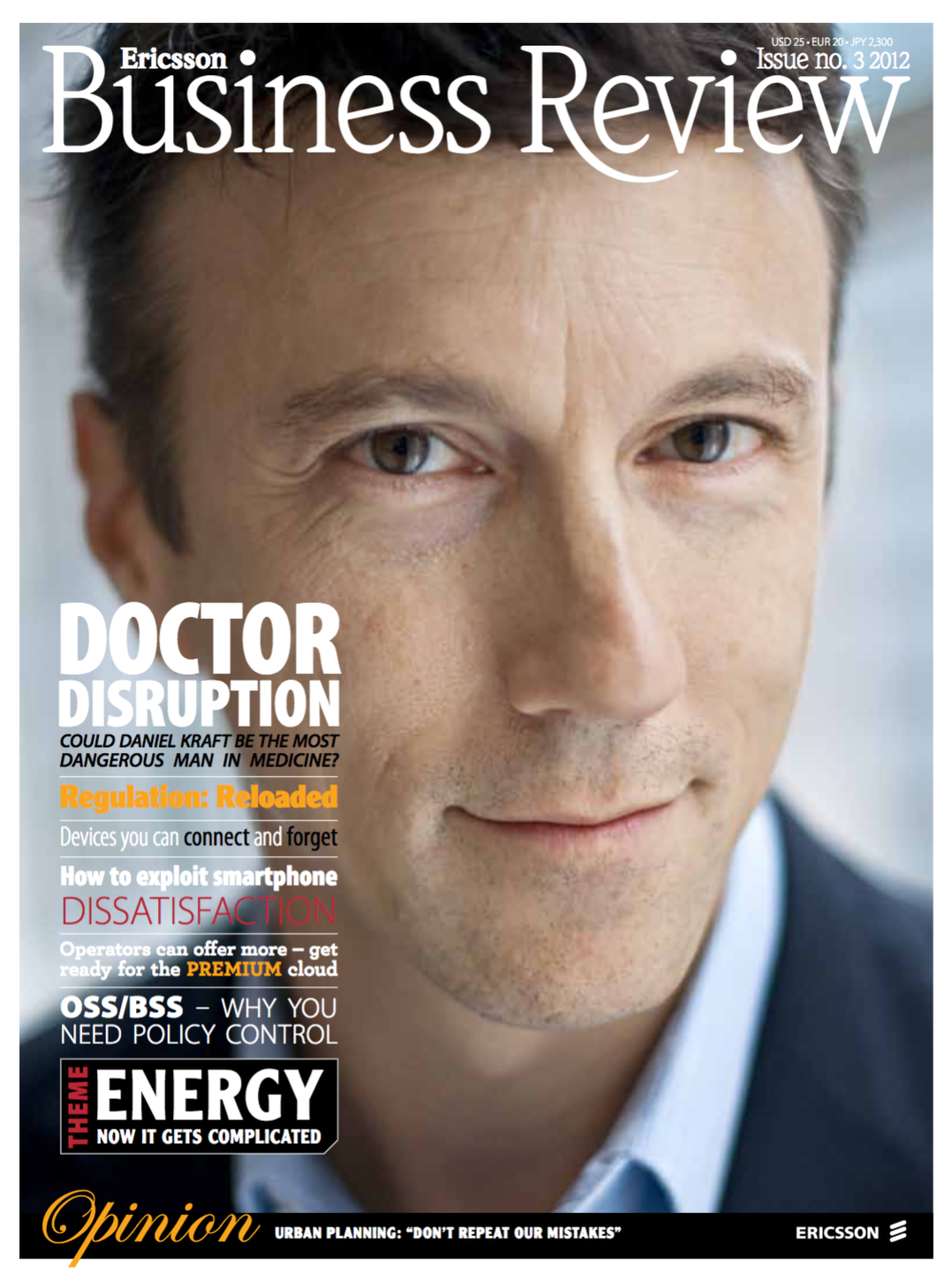Academic Physician-Scientist
Daniel Kraft and fellow Internal Medicine residents at the Massachusetts General Hospital
It all started when...
Daniel got his start in science as a high school student with a summer internship at the National Institutes of Health (NIH). He went on to conceive of and complete a science fair project which won the Montgomery County Science Fair for two years in a row, and was a First Place winner at the International Science and Engineering Fair (ISEF). "Effects of a Monoclonal Anti-1gE Receptor on Histamine Release" was the first conceptualization and proof of concept of a new approach to inhibiting allergic reactions with monoclonal antibodies. This work was later published in the Journal Immunology, Genentech went on to utilize a similar approach in the drug Xolair, which has treated thousands with severe asthma and other allergic conditions.
While an undergraduate at Brown University, Daniel continued to do research in the summer's and breaks at the NIH, and then completed an honors thesis at Brown focused on the molecular biology of HIV/SIV.
Daniel went on to Stanford Medical School, where he was an HHMI Medical Student Research Fellow. He spend an extra year in the lab and studied human T-cell development with Drs. Edmund Waller and Irv Weissman. This work led to the discovery of a novel human T-cell intermediate population, the CD3-4+8- thymocyte (published in the Journal of Experimental Medicine). Follow on research revealed this progenitor populations role in the pathology of HIV infection (published in Cell Immunity).
During residency training at the Mass General Hospital, Daniel spent elective time in the laboratory of Megan Sykes, and in collaboration with Boris Nikolic and others further explored the role the thymus in HIV pathogenesis (published in Journal of Infectious Disease).
When back at Stanford for fellowships in pediatric hematology & oncology and bone marrow transplantation went on to do postdoctoral research in the stem cell biology and regenerative medicine laboratory of Dr. Irving L. Weissman. Work included developing a novel approach using bone marrow stem cell targeting antibodies (instead of chemotherapy or radiation) for the conditioning of the bone marrow (published in Science) to enable bone marrow transplants. This approach has now progressed to clinical trials in pediatric SCID patients by Shizuru et al.
He authored a chapter in the book Stem Cells : Bench to Bedside.
Daniel also helped develop a new model with Charles Chan and others for understanding the formation of the bone marrow stem cell niche (published in Nature) and identification of self-renewing common skeletal progenitor (published in PNAS).
Daniel conceived of a novel peptide–MHC Microarrays array for detection and characterization of cellular immune responses which he developed with Pat Brown, Dan Chen, and Yoav Soen (published in PLOS).
Other Stanford collaborations involved exploring the use of bone marrow and embryonic stem cells in the regeneration of the heart (published in PLOS and in Circulation).





